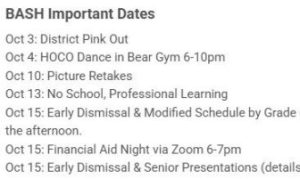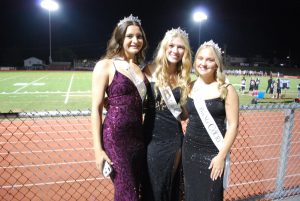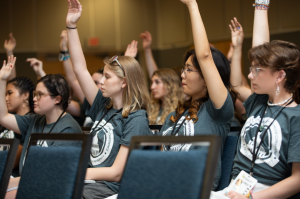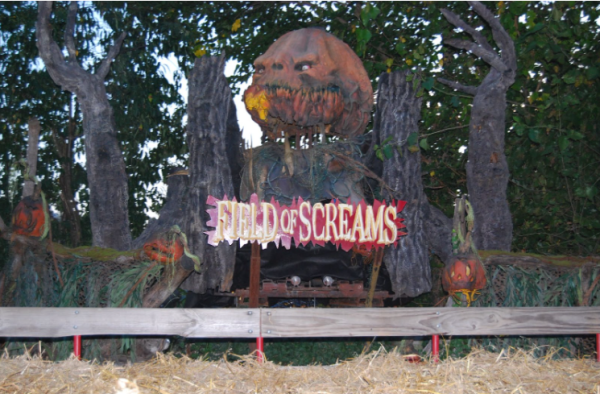Review: BBC’s new Dracula series leaves viewers bloodthirsty for more
Two show-runners make a tired and convoluted story refreshing and artistic.
Claes Bang, known for 2017 film “The Square,” portrayed the centuries old Count Dracula in the BBC’s latest adaptation.
Dracula has been a household name for over a century, and the blood-sucking vampire returned this New Year’s Day with a 3-episode mini-series on the BBC, created by Sherlock executive producers Steven Moffat and Mark Gatiss.
The story of Count Dracula from Transylvania has been told by many throughout the last century, having at least 21 shows and movies. Prior to this adaptation, the most recent one had been a 2014 Dracula Untold film by director Gary Shore, which was a critical disaster (a 24% on Rotten Tomatoes).
Beginning with Bram Stroker’s 1897 Dracula, the gothic horror book drew on folklore that surrounded the ruler of the Wallachian region of Romania, Vlad III Dracula, who was nicknamed “Vlad the Impaler.” He was a particularly vicious ruler, considered a national hero of Romania but leaving behind a legacy of cruelty that drew Bram Stroker to use his namesake.
Contrary to previous adaptations, Moffat and Gatiss have created a story that is fresh and modern, their motif – these executive producers work extremely well together, and love to adapt classic novels into modern shows that work as a dual art piece. Coming off of their beloved Sherlock series, Moffat and Gatiss have generated a Dracula adaptation that is critically well received and infused with modernism, with Rotten Tomatoes citing “a delicious blend of horror and humor.”
Spoilers ahead – please read with care.

Nuns at the convent in Hungary in episode one, arming themselves against a ravenous Dracula.
With the series going onto Netflix at the conclusion of the three-episode show, Dracula creates a simultaneously mystifying, horrifying, and humorous experience. The modern cinematography and symbolic film-making is eye-catching and beautiful, with scenes such as the third episode’s graveyard shots being especially memorable.
But let’s go back to the beginning.
The first episode is shot as a flashback, retelling Jonathan Harker’s (John Heffernan) encounter and subsequent “escape” from Count Dracula’s castle in Transylvania. Throughout his telling of the events to a nun, Sister Agatha Van Helsing (Dolly Wells), the truth comes out as he remembers more and more. Full of intrigue and having a mystery-thriller sort of set-up, the episode had me on the edge of my seat and holding my breath.
Intuitive detective work is done by Sister Agatha, which speaks to Sherlock inspiration; and while some of her dialogue seemed “a bit too modern,” as some viewers have argued, it perfectly encapsulated a modern dialogue on religion and perfectly contrasted who you would expect her to be, allowing her character alone to be a mystery worth solving.
With the conclusion of Dracula gaining Sister Agatha as one of his “brides,” the gore shown throughout the episode is as terrifying as it is mesmerizing. Not overly disgusting, the special effects left me with just the right amount of trepidation and incredulity. The deaths and transformations are as beautiful as they are gross.
An especially interesting aspect is Dracula growing younger throughout the first episode, eventually reaching an appearance where the actor, Claes Bang, is clearly discernible. This, in hindsight, might have been foreshadowing for the shift between episodes 2 and 3.

Jonathan Harker, a lawyer in the story, arrives at Count Dracula’s castle – which is later called a prison.
Episode 2 is set up as another mystery-thriller, with nearly the entire episode (spare a few minutes) taking place on the S.S. Demeter, a ship set to take Dracula to England. Throughout the episode, hints of Dracula’s past come out in his relationship to Duchess Valeria, which leaves viewers, or at least me, into the conclusion that Dracula loves to consume intelligent, usually youthful, women.
Equally enjoyable to Dracula’s humor and apathetic responses in the episode is Youssef Kerkour’s lovable character, Olgaren, who left me smiling in every scene he’s in.
In the course of the episode, incredible storytelling reveals just how intelligent and witty Agatha is, turning the entire tide against Dracula when she is on the brink of death. Planning a suicide where the ship blows up and sinks before it can reach England, she ends up succeeding – for a while.
This leads to a 123 year jump, into present-day England. Dracula, roused from his dormant state by an underwater expedition, arrives finally to the new world he wished to conquer. Upon arrival on the beach (after walking/swimming from the bottom of the Atlantic Ocean), he is met by a descendant of Agatha’s, named Zoe, who has developed an institution to research vampires.
While many find the jump to modern day odd, it’s actually ingenious.
The idea of gradually moving from the old story of Dracula from a book that was written in the 19th century speaks to the modern rendition that was promised; Moffat and Gatiss attempt to revive Dracula, quite literally. It’s an entirely fresh, artistic, and moving episode that reveals itself as what the first two episodes were leading up to.
Highlighting the suffering of those “contaminated,” Dracula is given the full spotlight this episode, where before he had been sharing it with Jonathan, and then Agatha. He’s back to his tricks, attempting to make the perfect bride, which ends up revealing what he fears the most. It ends up being Zoe, who drinks some of Dracula’s blood and ends up connected to Agatha as a result, solves the mystery of Dracula’s life.
It is actually in this episode, ironically enough, that Agatha’s actress Dolly Wells’ full acting ability is employed, and wow, is it impressive to watch. Her ability to perfectly meld between accents is fascinating to watch and listen to, giving an impression that Zoe and Agatha are one whole person.
The series concludes with a breathtaking scene reminiscent of past Dracula adaptations, where Zoe/Agatha reveal to Dracula that his greatest fear in life is death – and so he always seeks out to consume those who don’t fear death, in a bid to understand and gain their ability. With the unfolding of myths and legends turning out to be false, Dracula does something emotional – something we haven’t seen before.
Within the series, he has always been apathetic and often witty and full of humor – almost akin to Lucifer Morningstar’s character in Fox’s Lucifer. He’s a monster, and the show portrays him as such – except when it doesn’t. He’s dehumanized by his actions, by his lack of emotions, by his un-dead condition, but Moffat and Gatiss do something refreshing; they allow Dracula to become human.
Not literally, of course, but figuratively.

Dolly Wells, known for 2016 film “Pride and Prejudice and Zombies,” plays the role of Sister Agatha Van Helsing and later her descendant, Zoe Van Helsing.
With Zoe/Agatha giving Dracula perhaps the greatest gift he’s ever been given, he is overtaken with emotion as she’s dying. Not normally one to show compassion, he can’t help himself from consuming her blood that’s contaminated with the cancer Zoe has, something that ends up making her blood deadly to him. Despite him knowing this, he still kills her himself as opposed to allowing her to die in pain, with the impactful line, “Did you think I’d let it hurt?”
This action, coupled with his reactions in consideration of Mina, a secondary character in episode 1, show that deep down, beneath the monstrous vampire, he is actually human and he is worthy of redemption, however small it is. The series leaves fans with the idea that anyone can be redeemed, and that anyone is capable of love; it’s a beautiful rendition, and I’d gladly watch it a million times over when most other media shows a helpless view of the world.

Jocelyn is a graduate of BASH. She served three years in the CUB and she previously wrote for the East Observer. She was in many clubs, such as SADD, Stage...























